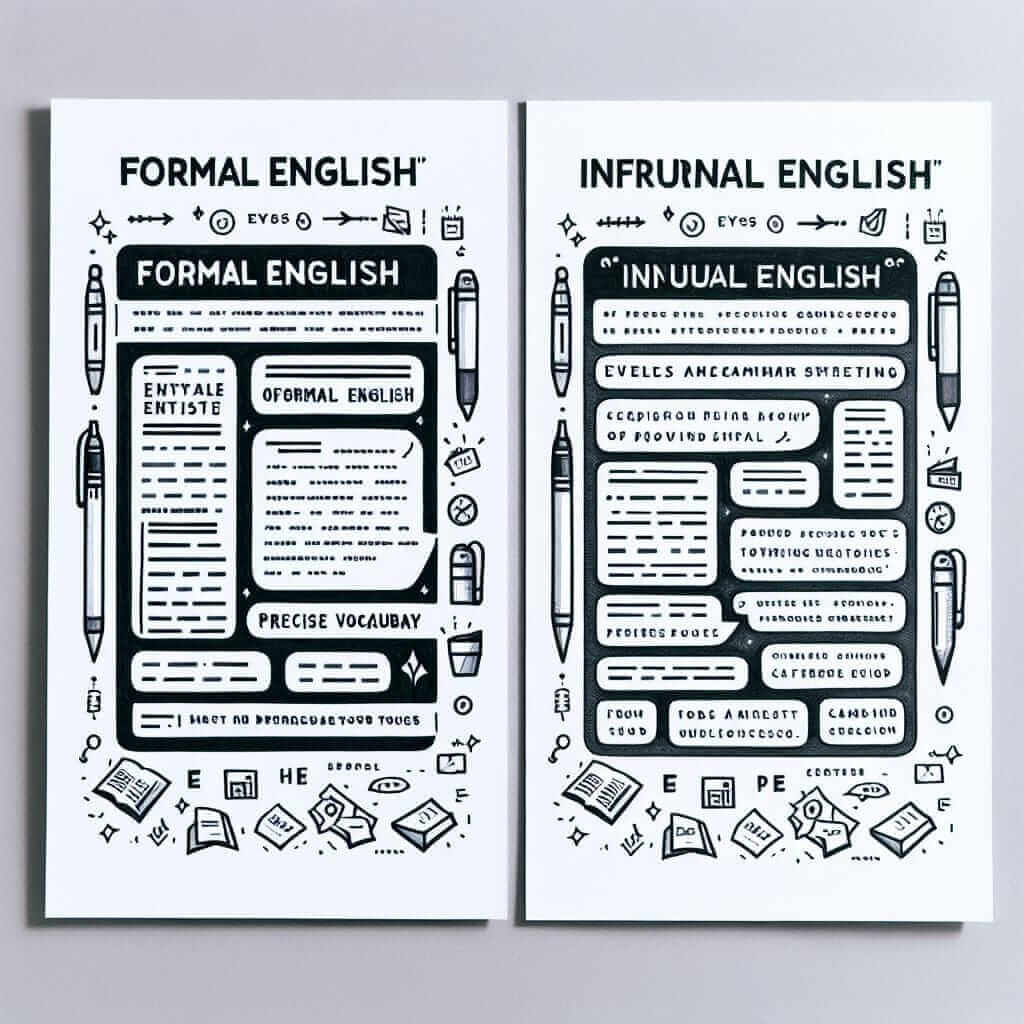Many IELTS candidates wonder if using contractions is acceptable in Academic Writing. After all, contractions, like “can’t” for “cannot” or “don’t” for “do not,” are common in spoken English and informal writing. However, understanding the appropriate level of formality in academic writing is crucial for achieving a high band score.
The Short Answer
While there are instances where contractions might be used in specific contexts of Academic Writing, it’s generally best to avoid them.
Why Avoiding Contractions is Generally Advisable
Academic writing demands a formal tone. Contractions are inherently informal. Here’s why avoiding them is a safer strategy:
- Clarity and Formality: Using full forms ensures clarity and maintains a professional, academic tone.
- Examiner Expectations: IELTS examiners expect a certain level of formality in Task 1 (describing data) and Task 2 (essay writing). Using contractions might be perceived as a lack of formality and could potentially impact your score.
- Conciseness: While contractions save space, using full forms rarely hinders conciseness in the context of an IELTS essay.

When Contractions Might Be Acceptable
There are rare exceptions where a contraction might not be completely out of place. For example, in a Task 1 description, if you’re quoting a chart title that uses a contraction, it’s acceptable to retain it within the quotation marks.
However, even in these cases, paraphrasing the information without the contraction is often a better choice.
Tips for IELTS Academic Writing
- Practice Makes Perfect: Practice writing essays and reports in a formal style, consistently avoiding contractions.
- Expand Your Vocabulary: Focus on using a wide range of formal vocabulary and sentence structures.
- Proofread Carefully: Always proofread your work thoroughly to eliminate any accidental contractions.
Conclusion
While the use of contractions in IELTS Academic Writing is a gray area with a few rare exceptions, it’s always advisable to err on the side of caution. By consistently using full forms, you’ll present your ideas with clarity and formality, maximizing your chances of achieving your desired band score.